Summary
- Baldur’s Gate 3 players should consider multiclass combinations for more flexible character builds.
- Larian Studios will introduce new subclasses, enhancing gameplay for fans of Baldur’s Gate 3.
- Multiclass setups like Lockadin Staple and God of Thunder offer unique thematic combinations for more powerful characters.
With Baldur’s Gate 3 following Dungeons & Dragons rules, players can finally go to Faerun with characters straight from their personal D&D campaigns. Baldur’s Gate 3 players face the challenge of a Mindflayer invasion on top of an Illithid parasite threatening to transform their characters into Mindflayers themselves, forcing players into a time crunch to save the Forgotten Realms or lose their identities entirely.
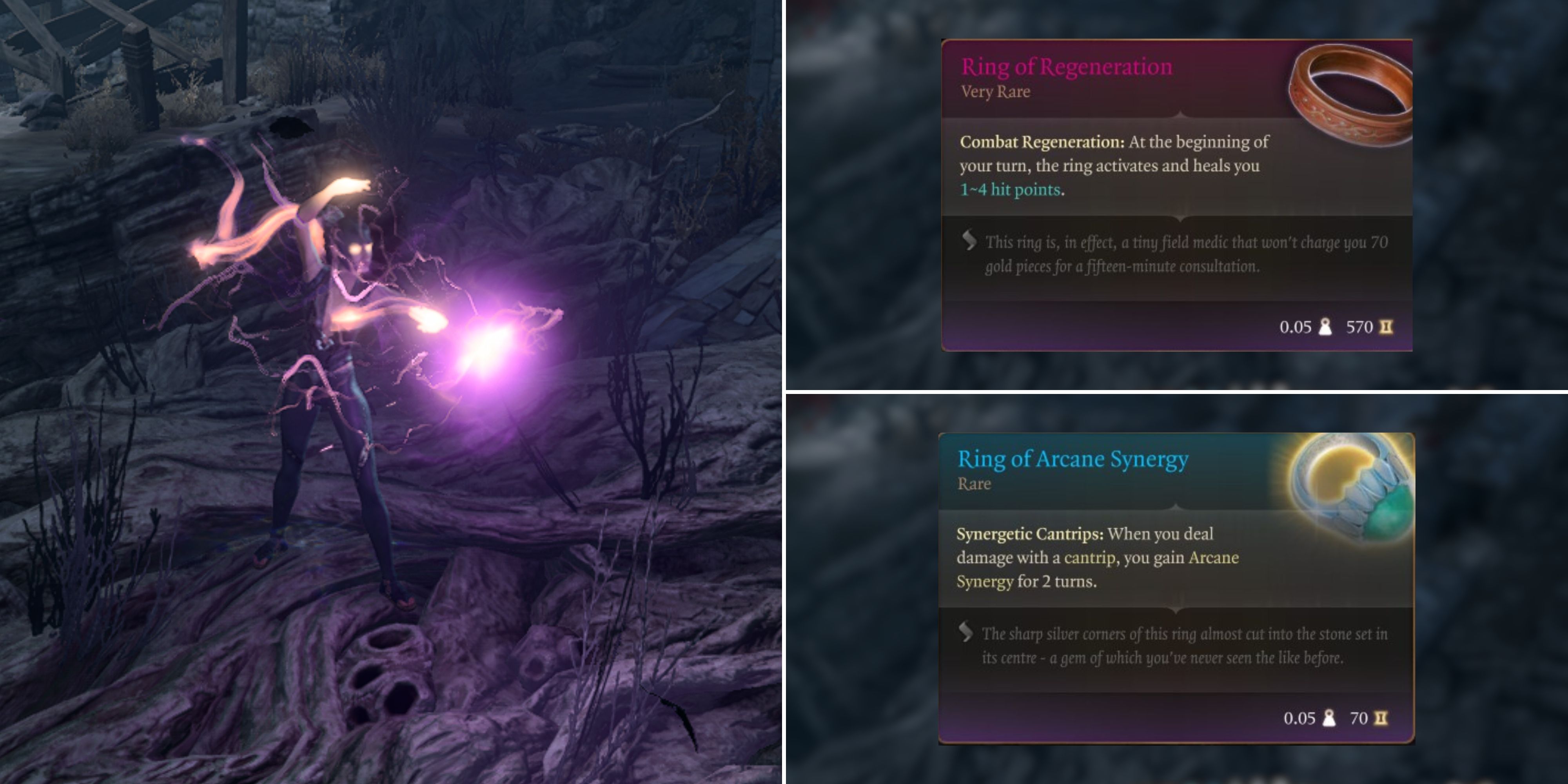
Related
Baldur’s Gate 3: 7 Best Rings for Casters
In Baldur’s Gate 3, Rings are equippable accessories with unique buffs and special effects. This list covers the best rings for spellcasters.
While the game allows player characters to follow a set class throughout their adventures, leveling up in other classes can provide room for more flexible builds. Thanks to Multiclass combinations, the right setup can equip characters with the best that D&D classes have to offer, transforming them into multi-faceted warriors capable of besting any threat.
Updated on January 13, 2025, by Rhenn Taguiam: With Larian Studios about to introduce 12 new Subclasses to enhance a player’s Baldur’s Gate 3 gameplay, fans of the acclaimed RPG are likely excited to test entirely new and bizarre character builds in new runs. However, fans who want to enjoy the game before these new subclasses appear might want to dive deep into some must-try Multiclass setups. After all, the game will have its Multiclass dynamic most likely changed drastically once Subclasses like the Swashbuckler and even the Oath of Conquest start appearing for the game’s iconic classes. Among those included are a staple build for the Paladin and the Warlock, as well as a thematic mix between a Sorcerer and a Cleric.
12
Lockadin Staple (Ancients Paladin 7, Fiend Warlock 5)
Enhance The Warlock’s Utility With All-Around Offense And Defense
Considering how Baldur’s Gate 3 is a faithful interpretation of the D&D 5e ruleset, it makes sense for the critically acclaimed RPG to take cues from the TTRPG on its more potent builds. Chief among such builds is the Lockadin Staple, where the CHA-based synergies of the Warlock and Paladin meant the former’s lack of Spell Slots but powerful utility complements the latter’s lack of utility Spells but quite the firepower.
The gist of the build ensures the damage and utility potential of the Warlock is maximized with the inclusion of extra survivability with the Paladin’s Heavy Armor Proficiency alongside more potent offense courtesy of Divine Smite and Extra Attack. Getting short-rest Spell Slots from the Warlock can give much room for nova-ing Divine Smites while abusing Eldritch Blast in the long range.
Here’s how players can do this build:
|
Level |
Class Choice & Features |
Total Spells Available |
|---|---|---|
|
Level 1 |
Paladin 1: Oath of the Ancients Subclass
|
|
|
Level 2 |
Paladin 2
|
|
|
Level 3 |
Paladin 3
|
|
|
Level 4 |
Paladin 4 |
|
|
Level 5 |
Paladin 5
|
|
|
Level 6 |
Warlock 1: The Fiend Subclass
|
|
|
Level 7 |
Warlock 2
|
|
|
Level 8 |
Warlock 3
|
|
|
Level 9 |
Warlock 4
|
|
|
Level 10 |
Warlock 5
|
|
|
Level 11 |
Paladin 6 |
|
|
Level 12 |
Paladin 7 |
|
11
God Of Thunder (Storm Sorcerer 10, Tempest Cleric 2)
Get Stronger Sorcerer Setups With The Cleric
The existence of Elemental Resistances and Advantages in Baldur’s Gate 3, on top of its thematic gear, meant the freedom for players to make quite the symbolic builds that follow the elements. One such example is the God of Thunder, blending together the Storm Sorcerer’s innate ferocity and the Tempest Cleric’s combat-centric Proficiencies.
At first glance, dipping two levels with the Cleric doesn’t seem as useful if the intent is only to get Heavy Armour and Martial Weapons Proficiency. However, the key thing for would-be Thors to get here is Wrath of the Storm, as players now get a Reaction that can deal either 2d8 Lightning or Thunder Damage if they fail a DEX Save – giving this build a version of a Reaction-only Divine Smite with a more elemental-appropriate damage. At 2nd-Level Tempest Cleric, Destructive Wrath can use a Channel Divinity Charge and a Reaction to ensure a Spell’s Thunder or Lightning Damage is maximized – leaving a lot of openings to nova opponents with a higher-level Sorcerer Spell of a similar variant.
Here’s how players can do this build:
|
Level |
Class Choice & Features |
Total Spells Available |
|---|---|---|
|
Level 1 |
Sorcerer 1: Storm Sorcerer Subclass
|
|
|
Level 2 |
Sorcerer 2
|
|
|
Level 3 |
Cleric 1: Tempest Domain Subclass
|
|
|
Level 4 |
Cleric 2
|
|
|
Level 5 |
Sorcerer 3
|
|
|
Level 6 |
Sorcerer 4
|
|
|
Level 7 |
Sorcerer 5
|
|
|
Level 8 |
Sorcerer 6
|
|
|
Level 9 |
Sorcerer 7 |
|
|
Level 10 |
Sorcerer 8
|
|
|
Level 11 |
Sorcerer 9 |
|
|
Level 12 |
Sorcerer 10
|
|
10
Zombie Lord (Spore Druid 6, Necromancy Wizard 6)
Get All The Shiny Summons
Summoner builds have become quite the popular setup in Baldur’s Gate 3, especially in the latter parts of the game when the stakes are just too high and a four-man unit might not be enough against extremely powerful squads of enemies. Thanks to the Zombie Lord, the many undead summons of the Necromancy Wizard can be supplemented with the natural offensive capabilities of the Spore Druid.
While some might argue that pursuing a full Necromancy Wizard build can maximize a player’s summoning potential, the extra Zombies from a Spore Druid can give much-needed variety for players. An integral component of this build would be gaining Dance Macabre from the Necromancy of Thay which gives players four free Ghouls per long rest, a free Necromancy Spell cast from the Staff of Cherished Necromancy, and Haste Spores from Armour of the Scorekeeper to transform the Necromancer into a pseudo-support unit.
Here’s how players can do this build:
|
Level |
Class Choice & Features |
Total Spells Available |
|---|---|---|
|
Level 1 |
Wizard 1
|
|
|
Level 2 |
Wizard 2: School of Necromancy
|
|
|
Level 3 |
Druid 1 |
|
|
Level 4 |
Druid 2: Circle of the Spores Subclass
|
|
|
Level 5 |
Wizard 3
|
|
|
Level 6 |
Wizard 4
|
|
|
Level 7 |
Druid 3
|
|
|
Level 8 |
Druid 4
|
|
|
Level 9 |
Wizard 5
|
|
|
Level 10 |
Wizard 6
|
|
|
Level 11 |
Druid 5
|
|
|
Level 12 |
Druid 6
|
|
9
Dark Sentinel (5 Oathbreaker Paladin, 5 Fiend Warlock, 2 Fighter)
Create A Thematic Dark Defender For Powerful Roleplays
The existence of the Dark Urge in Baldur’s Gate 3 can encourage players to take a more grisly path in their journey amid the ongoing Mindflayer invasion, making the Dark Sentinel an ideal Multiclass build for roleplayers to try.
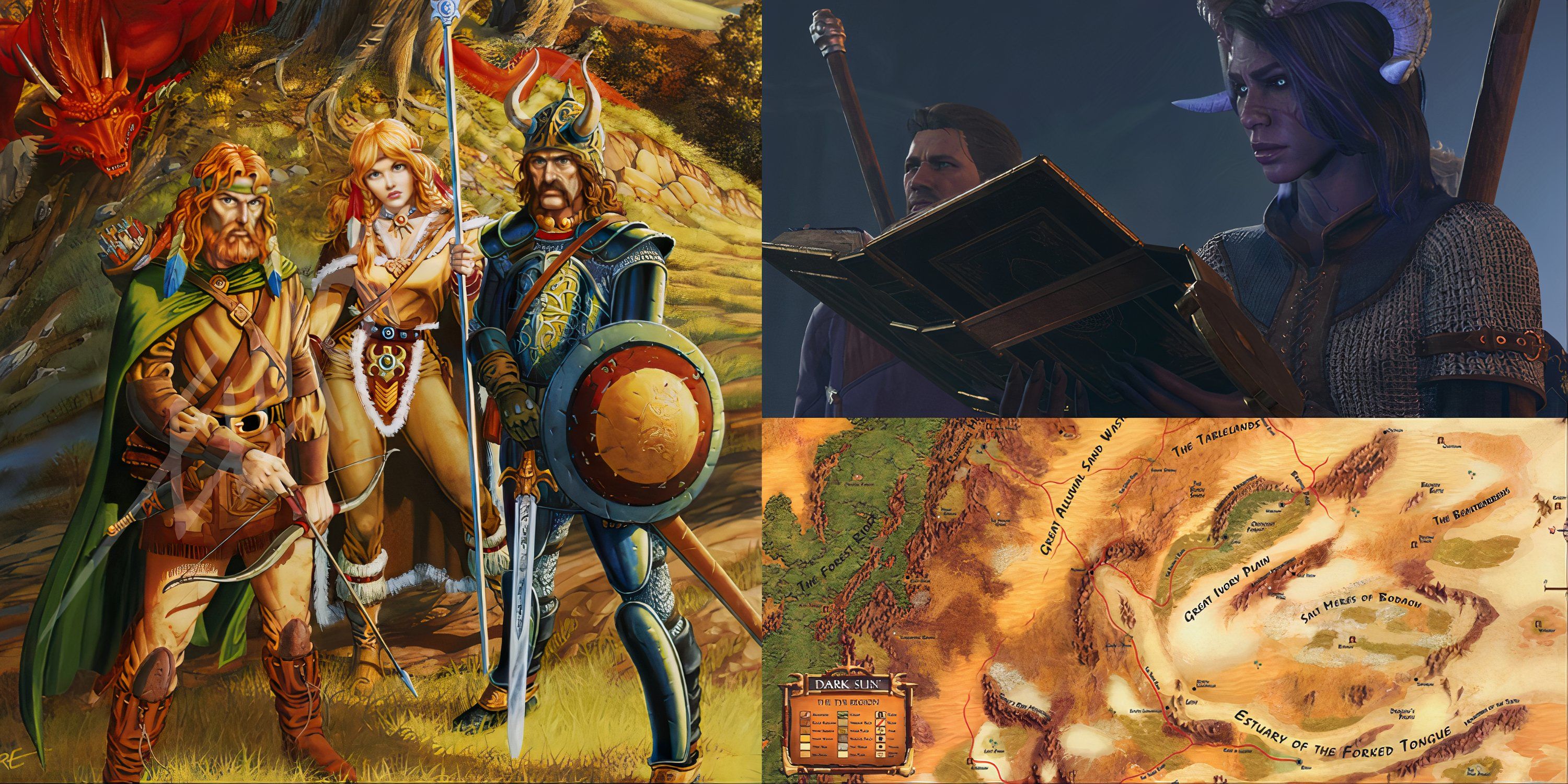
Related
Best Dungeons & Dragons Novels To Read If You Love Baldur’s Gate 3
For lovers of BG3 looking to dive into a literary adventure, here are some great books to check out.
This build is more thematic than hyper-optimized, going for a quick Oathbreaker transition and then securing Pact of the Blade as well as dipping in Fighter for more versatile combat options.
Here’s how players can create a Dark Sentinel build:
|
Level |
Class Choices & Features |
Total Spells Available |
|---|---|---|
|
Level 1 |
Paladin 1: Oath Of Vengeance into Oathbreaker Subclass
|
|
|
Level 2 |
Paladin 2
|
|
|
Level 3 |
Warlock 1: The Fiend Subclass |
|
|
Level 4 |
Paladin 3
|
|
|
Level 5 |
Paladin 4
|
|
|
Level 6 |
Paladin 5 |
|
|
Level 7 |
Fighter 1
|
|
|
Level 8 |
Warlock 2
|
|
|
Level 9 |
Fighter 2 |
|
|
Level 10 |
Warlock 3
|
|
|
Level 11 |
Warlock 4
|
|
|
Level 12 |
Warlock 5
|
|
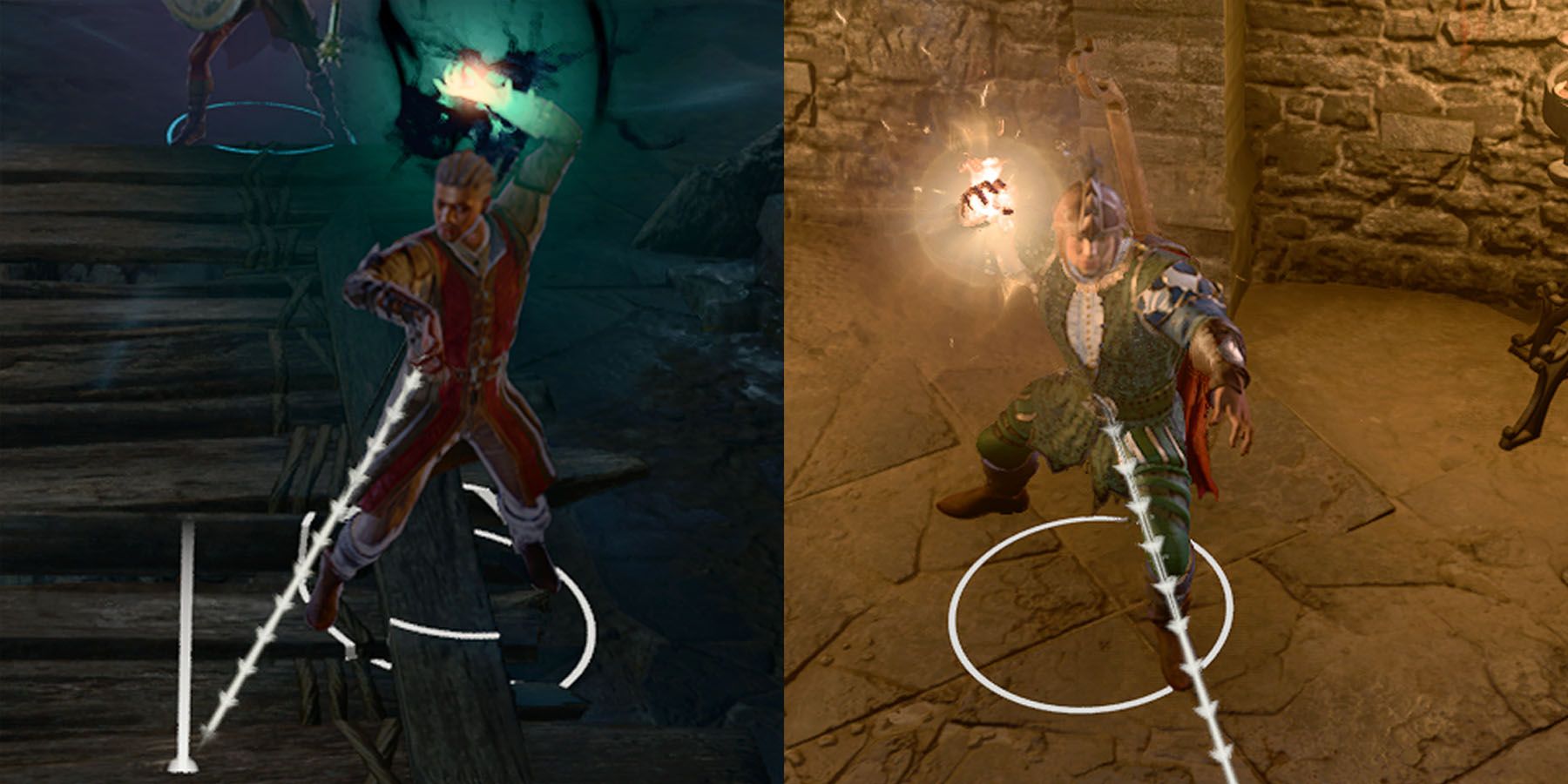
Related
Baldur’s Gate 3: 10 Best Gameplay Challenges To Try
Players who want to spice up their Baldur’s Gate 3 gameplay should try these interesting challenges.
8
Traditional Sorcadin (Vengeance Paladin 6, Storm Sorcerer 6)
Secure A Flexible Tank With A Paladin, Sorcerer Tandem
Players who want a Multiclass build to get them into both D&D and Baldur’s Gate 3 gameplay should consider getting the Traditional Sorcadin. This build takes full advantage of the fact that both Classes need CHA for their Spellcasting, all the while the Paladin’s STR focus can ensure players are well-defended in the frontlines with a Greatsword and the Sorcerer can introduce them to the game’s magic system.
The Storm Sorcerer’s Tempestuous Magic can give much-needed mobility to the player, enabling their Paladin to stay in the frontlines and keep enemies within their reach. Divine Smite can easily become the player’s go-to attack, reserving the Sorcerer’s toolkit for extra utility and even converting Sorcery Points to much-needed Spell Slots for more smiting. Here’s how a Traditional Sorcadin setup would work:
|
Level |
Class Choices & Features |
Total Spells Available |
|---|---|---|
|
Level 1 |
Paladin 1: Oath of Vengeance Subclass
|
|
|
Level 2 |
Paladin 2
|
|
|
Level 3 |
Sorcerer 1: Storm Sorcerer Subclass
|
|
|
Level 4 |
Paladin 3
|
|
|
Level 5 |
Paladin 4
|
|
|
Level 6 |
Paladin 5 |
|
|
Level 7 |
Sorcerer 2
|
|
|
Level 8 |
Sorcerer 3
|
|
|
Level 9 |
Sorcerer 4
|
|
|
Level 10 |
Sorcerer 5 |
|
|
Level 11 |
Sorcerer 6
|
|
|
Level 12 |
Paladin 6 Aura of Protection |
|
7
Champion Archer (Champion Fighter 3, Hunter Ranger 9)
Capitalize On Hitting Multiple Times With Ranger Utils
Building upon the flexibility of the Fighter in Baldur’s Gate 3 is the Champion Archer. This build lays the foundation of a powerful ranged attacker with higher chances to crit with Improved Critical Hit, and better protection by choosing Fighting Style: Defense. Players also get a second Action in a turn with Action Surge. Favored Enemy: Bounty Hunter ensures that the Hunter Ranger becomes more efficient from afar with an improved Entangling Strike. Finally, Defensive Tactics: Multiattack Defense offers boosted defenses against opponents who try to score multiple attacks.
For this build, here’s a guide to the choices players should make each time they level up:
|
Level |
Class Choices & Features |
Total Spells Available |
|---|---|---|
|
Level 1 |
Fighter 1
|
None |
|
Level 2 |
Fighter 2 |
None |
|
Level 3 |
Fighter 3 – Champion subclass |
None |
|
Level 4 |
Ranger 1
|
None |
|
Level 5 |
Ranger 2
|
|
|
Level 6 |
Ranger 3 – Hunter subclass
|
|
|
Level 7 |
Ranger 4
|
|
|
Level 8 |
Ranger 5 |
|
|
Level 9 |
Ranger 6
|
|
|
Level 10 |
Ranger 7
|
|
|
Level 11 |
Ranger 8
|
|
|
Level 12 |
Ranger 9 |
|
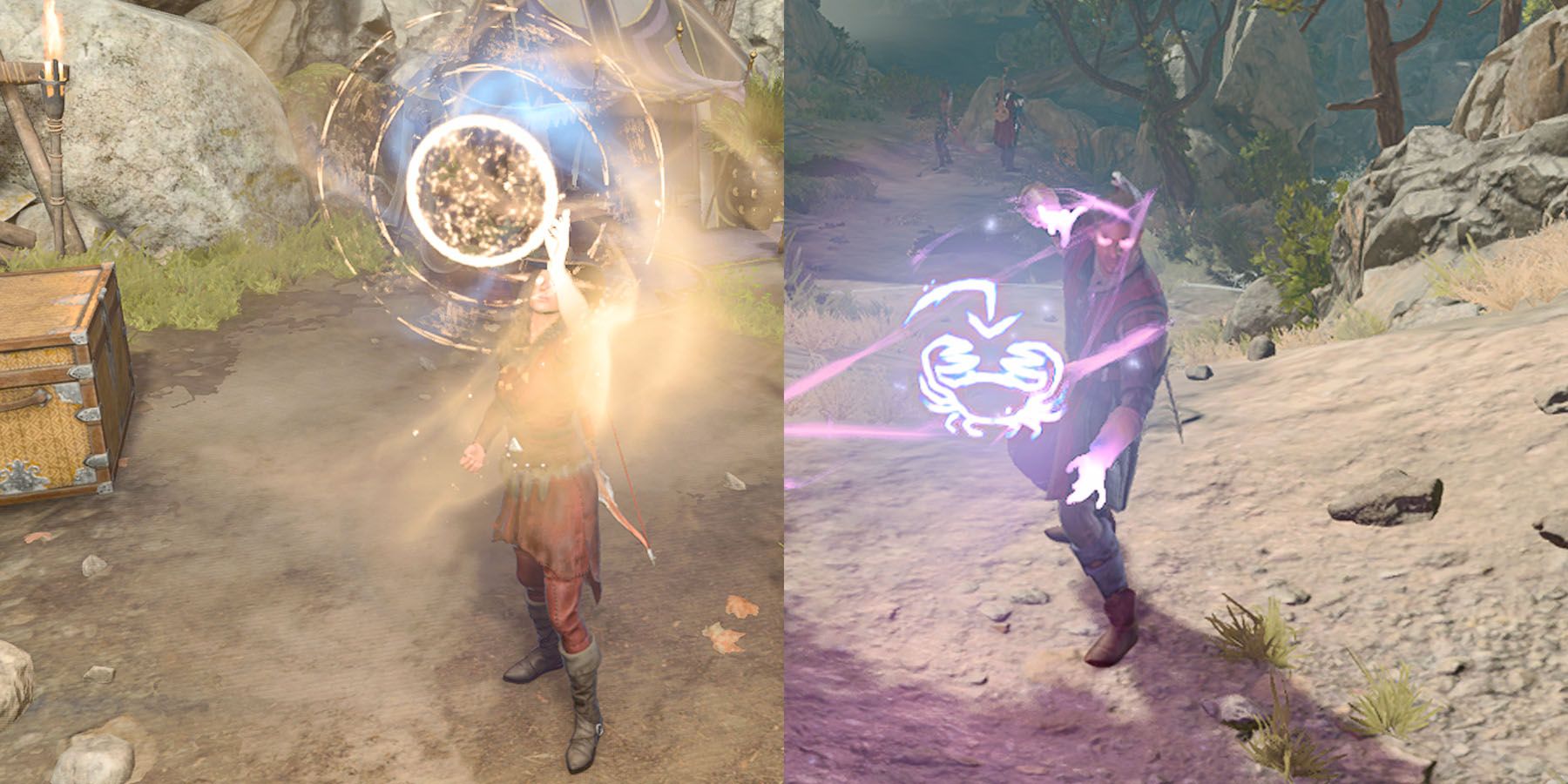
Related
Baldur’s Gate 3: 10 Quality Of Life Changes The Game Still Needs
Although Baldur’s Gate 3 offers players an excellent D&D experience, there are still a few things that Larian should consider implementing.
6
Frenzy Rogue (Berserker Barbarian 5, Assassin Rogue 7)
Frenzy And Sneak Attack Make For A Deadly DPS Combo
Should a character like John Wick be transferred into D&D, his lethal rage becomes that of the Frenzy Rogue. Starting as a Berserker Barbarian gives players access to Advantage to attacks with Reckless Attack. The eventual Assassin Rogue can transform these into guaranteed powerful strikes with Sneak Attack. Catching enemies by Surprise ensures a Critical thanks to Assassinate. Assassin’s Alacrity can extend fully restored Actions and Bonus Actions that lead to more Frenzy-enhanced strikes. Players who want an angry Baldur’s Gate 3 Rogue who just won’t stop hitting foes should consider this build.
Here’s how to level this build in Baldur’s Gate 3:
|
Level |
Class Choices & Features |
|---|---|
|
Level 1 |
Barbarian 1 |
|
Level 2 |
Barbarian 2
|
|
Level 3 |
Barbarian 3 – Berserker subclass
|
|
Level 4 |
Barbarian 4
|
|
Level 5 |
Barbarian 5
|
|
Level 6 |
Rogue 1
|
|
Level 7 |
Rogue 2
|
|
Level 8 |
Rogue 3 – Assassin subclass
|
|
Level 9 |
Rogue 4
|
|
Level 10 |
Rogue 5
|
|
Level 11 |
Rogue 6
|
|
Level 12 |
Rogue 7
|
5
Eldritch Nuke (Fighter 2, Evocation Wizard 10)
Generic Burst Spellcaster With Massive Damage Options
While the Eldritch Knight for the Baldur’s Gate 3 Fighter does exist as a Subclass, a Fighter dipping into a Wizard via Eldritch Nuke could facilitate some of the deadliest plays in the game. The crux of the idea plays into boosting the Evocation Wizard’s innate firepower with the Fighter’s Heavy Armor Proficiency and Action Surge. Although the Eldritch Nuke blocks 6th-level Spells from the Wizard, this character should pack enough punch to obliterate mobs quickly.
|
Level |
Class Choices & Features |
Total Spells Available |
|
Level 1 |
Fighter 1
|
None |
|
Level 2 |
Fighter 2 |
None |
|
Level 3 |
Wizard 1
|
|
|
Level 4 |
Wizard 2 – Evocation
|
|
|
Level 5 |
Wizard 3
|
|
|
Level 6 |
Wizard 4
|
|
|
Level 7 |
Wizard 5
|
|
|
Level 8 |
Wizard 6
|
|
|
Level 9 |
Wizard 7
|
|
|
Level 10 |
Wizard 8
|
|
|
Level 11 |
Wizard 9
|
|
|
Level 12 |
Wizard 10
|
|
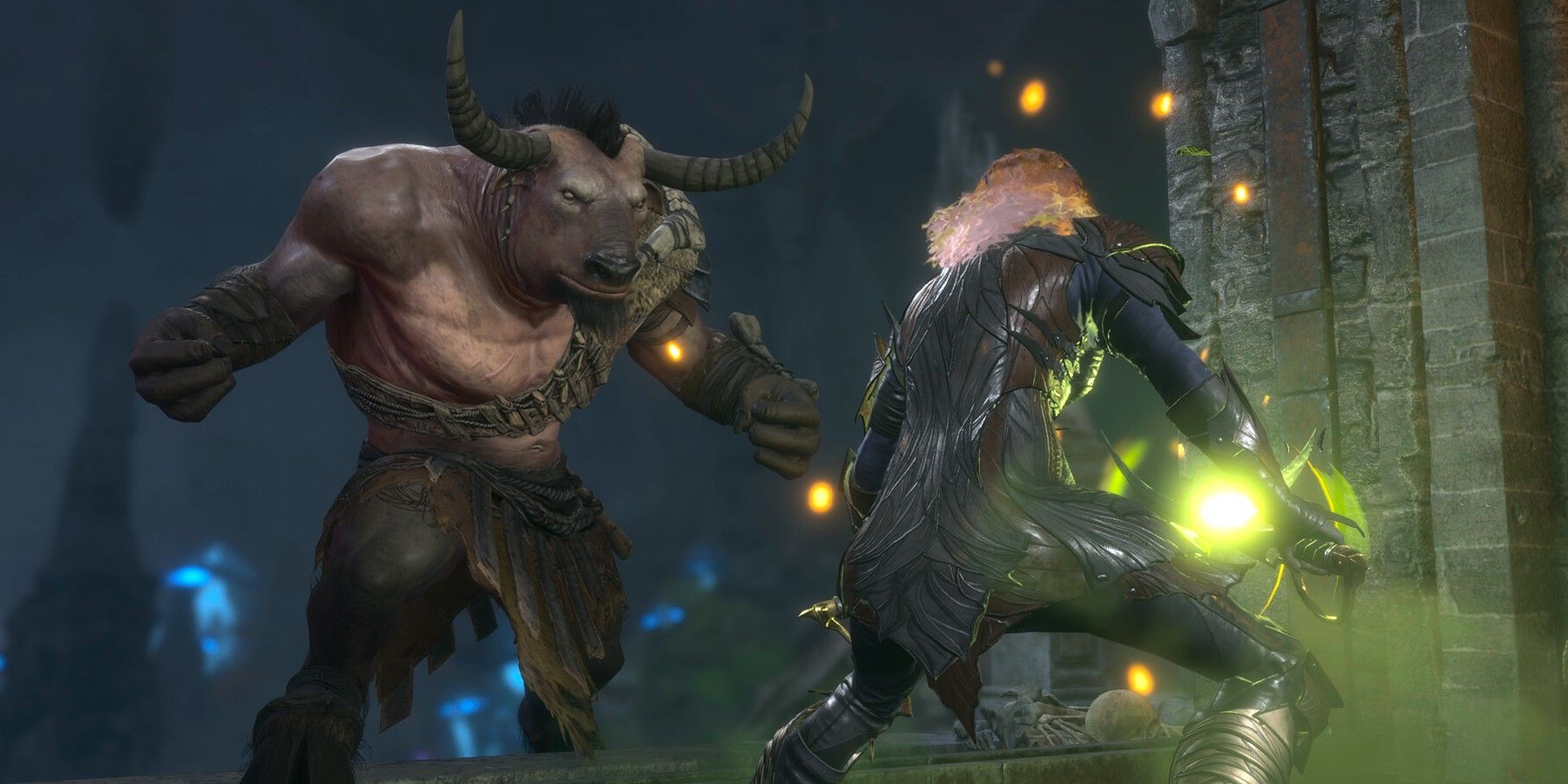
Related
Baldur’s Gate 3: The Best Scrolls
Scrolls in Baldur’s Gate 3 can prove invaluable in tough situations, especially when it comes to these top-tier spells.
4
Coffeelock Staple (Fiend Warlock 2, Storm Sorcerer 10)
Obliterate Foes With Spellcasting DPS
Players looking for a powerful Baldur’s Gate 3 setup can rely on Dungeons & Dragons builds for decent performance, which is something the Coffeelock Staple does. Coffeelocks secure the level-scaling Eldritch Blast Cantrip of the Warlock and combine it with the Sorcerer’s ability to cycle Sorcery Points for more spell slots. The Fiend Warlock, in particular, can deal more damage with their Eldritch Blast based on their CHA Mod thanks to Agonizing Blast, with the Storm Sorcerer enjoying more damage with Lightning/Thunder spells such as Tempestuous Magic and Heart of the Storm.
|
Level |
Class Choices & Features |
Total Spells Available |
|
Level 1 |
Warlock 1 – The Fiend
|
|
|
Level 2 |
Warlock 2
|
|
|
Level 3 |
Sorcerer 1 – Storm Sorcery
|
|
|
Level 4 |
Sorcerer 2
|
|
|
Level 5 |
Sorcerer 3
|
|
|
Level 6 |
Sorcerer 4
|
|
|
Level 7 |
Sorcerer 5
|
|
|
Level 8 |
Sorcerer 6
|
|
|
Level 9 |
Sorcerer 7
|
|
|
Level 10 |
Sorcerer 8
|
|
|
Level 11 |
Sorcerer 9
|
|
|
Level 12 |
Sorcerer 10
|
|
3
Stalker Assassin (Rogue 5, Ranger 7)
Get A Straightforwardly Powerful Damage Boost With Sneak Attacks
The Stalker Assassin demonstrates one of the best ways to dominate combat in Baldur’s Gate 3. The seemingly boring one-hit kill can often save the party from nigh-insurmountable threats. With this in mind, the Stalker Assassin is a must-have in higher difficulties such as Tactician Mode, where jumping the gun on opponents is one of the few ways to guarantee survival. Completing the Stalker Assassin relies on the Assassin Rogue’s preference for boosted damage against Surprised foes with Assassinate, combined with the Gloom Stalker Ranger’s advanced movement options via Dread Ambusher.
|
Level |
Class Choices & Features |
Total Spells Available |
|
Level 1 |
Rogue 1
|
None |
|
Level 2 |
Rogue 2
|
None |
|
Level 3 |
Rogue 3 – Assassin subclass
|
None |
|
Level 4 |
Rogue 4
|
None |
|
Level 5 |
Rogue 5
|
None |
|
Level 6 |
Ranger 1
|
None |
|
Level 7 |
Ranger 2
|
|
|
Level 8 |
Ranger 3 – Gloom Stalker subclass
|
|
|
Level 9 |
Ranger 4
|
|
|
Level 10 |
Ranger 5
|
|
|
Level 11 |
Ranger 6
|
|
|
Level 12 |
Ranger 7
|
|
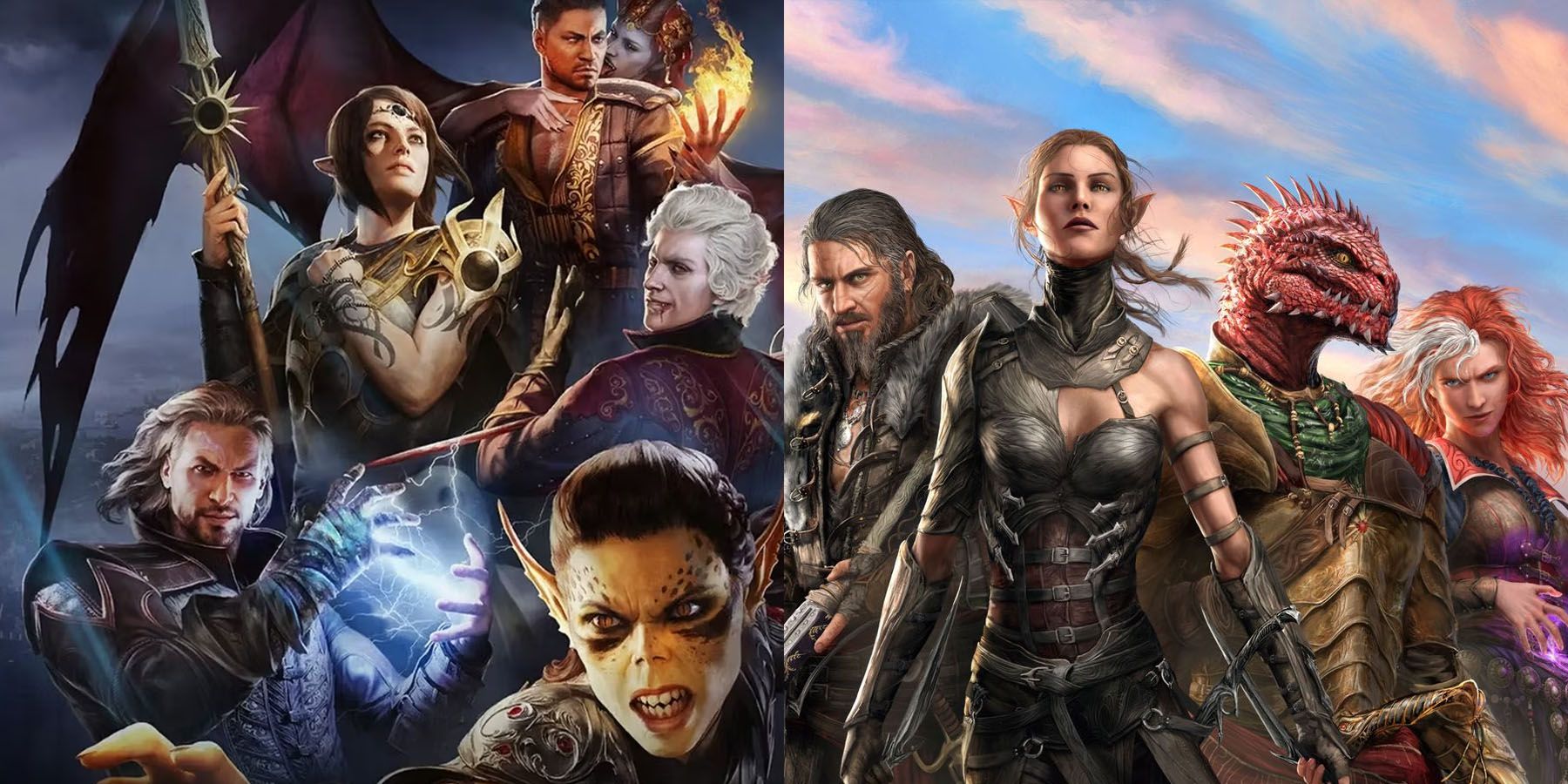
Related
Baldur’s Gate 3: 18 Things It Improved From Divinity Original Sin 2
Baldur’s Gate 3 has made substantial improvements from Divinity: Original Sin 2 that fans will appreciate.
2
Silent Death Monk (Thief Rogue 3, Open Hand Monk 9)
Stealth Kill Opponents With Nothing But Arms
Numbers are the main focus of the Silent Death Monk, particularly the number of hits players can secure in a single turn to maximize DPS. This is precisely what makes the Silent Death Monk’s Rogue 3/Monk 9 basis quite a powerhouse, as their buffs can guarantee a smooth flow of Attacks per turn. Players should begin their Monk’s opening salvo with Flurry of Blows as this counts as two Unarmed Attacks.
This triggers Martial Arts: Bonus Unarmed Strikes, giving players another Bonus Action where they can make an Unarmed Attack – of which this can be Flurry of Blows, again making two Unarmed Attacks. Thanks to Fast Hands from the Thief and Wholeness of the Body from the Open Hand, players get two more Bonus Actions which they can allocate to four more Unarmed Attacks with two Flurry of Blows. These are all on top of the player’s original regular Attack and Extra Attack options – for a grand total of eight attacks in a single turn. Here is how players can build the Silent Death Monk:
|
Level |
Class Choices & Features |
Total Spells Available |
|---|---|---|
|
Level 1 |
Rogue 1
|
None |
|
Level 2 |
Rogue 2 |
None |
|
Level 3 |
Rogue 3 – Thief Subclass
|
None |
|
Level 4 |
Rogue 4
|
|
|
Level 5 |
Monk 1
|
|
|
Level 6 |
Monk 2
|
|
|
Level 7 |
Monk 3 – Way of the Open Hand Subclass
|
|
|
Level 8 |
Monk 4
|
|
|
Level 9 |
Monk 5
|
|
|
Level 10 |
Monk 6
|
|
|
Level 11 |
Monk 7
|
|
|
Level 12 |
Monk 8
|
1
Death By Surprise (Gloom Stalker Ranger 5, Assassin Rogue 4, Champion Fighter 3)
Destroy Enemies Before They Even React
Among builds in Baldur’s Gate 3 that can be taken from D&D and vice versa, Death By Surprise allows roguish archetypes to prove their worth as standalone combatants. After opening with a Sneak Attack, players can follow up with a Hunter’s Mark leading into the Extra Attack for that particular Action. Thanks to Assassin’s Alacrity, players get another Action and Bonus Action at the start of “real” combat.
After attacking another two times, players can trigger Action Surge for two more Attacks. Since players attacked on the first turn, Gloom Stalker’s Dread Ambush gives yet another free Attack with +1d8 Damage. True to the nature of Assassins relying on ambushes, their Assassinate ensures Critical Hits on all creatures that haven’t attacked yet or are Surprised. Players can create Death By Surprise by following this level-up sequence:
|
Level |
Class Choices & Features |
Total Spells Available |
|---|---|---|
|
Level 1 |
Rogue 1
|
None |
|
Level 2 |
Rogue 2 |
None |
|
Level 3 |
Rogue 3 – Assassin Subclass
|
None |
|
Level 4 |
Ranger 1
|
|
|
Level 5 |
Ranger 2
|
|
|
Level 6 |
Ranger 3: Gloom Stalker Subclass
|
|
|
Level 7 |
Fighter 1
|
|
|
Level 8 |
Fighter 2 |
|
|
Level 9 |
Fighter 3: Champion Subclass |
|
|
Level 10 |
Rogue 4
|
|
|
Level 11 |
Ranger 4 |
|
|
Level 12 |
Ranger 5
|
|
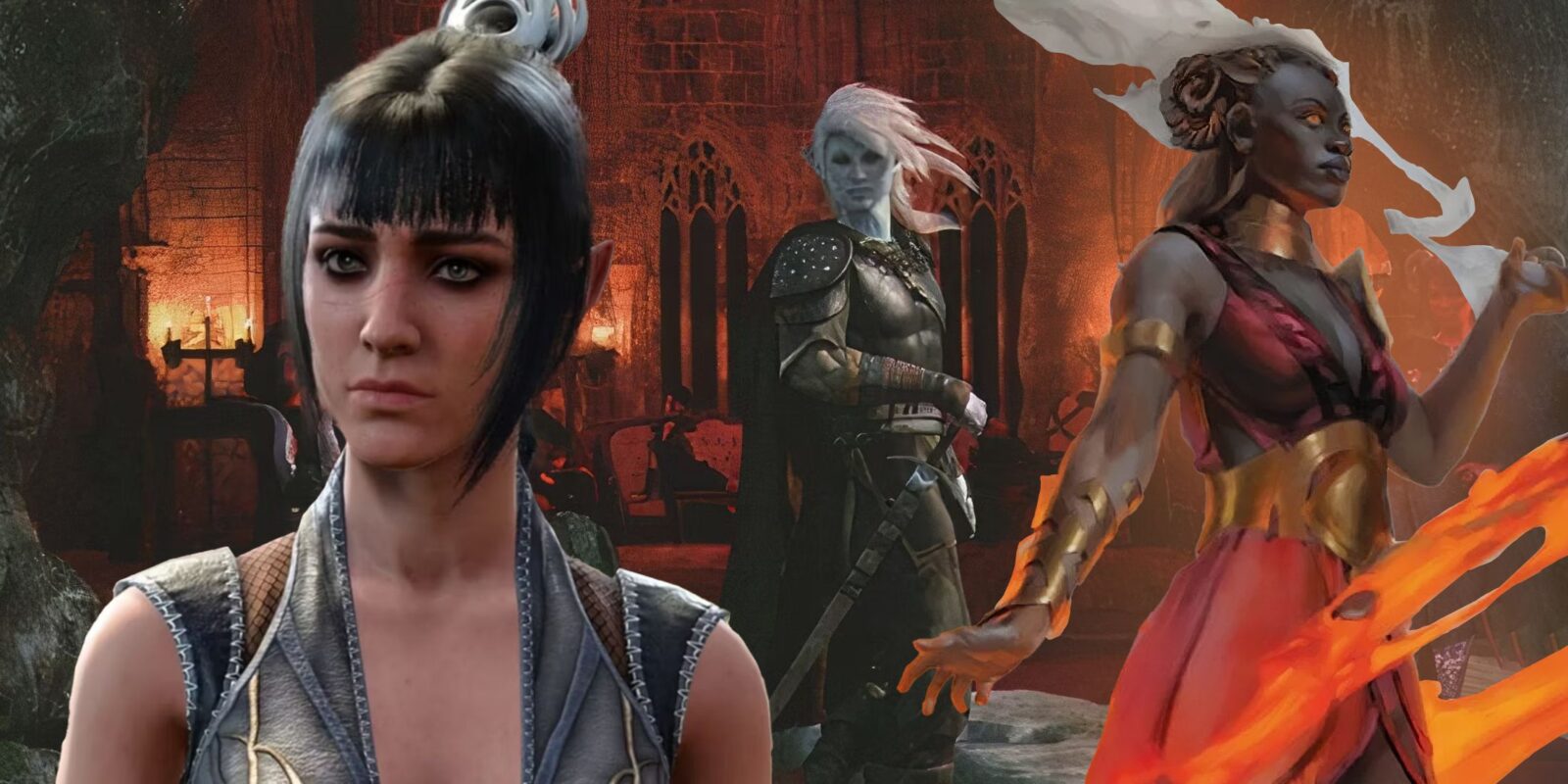

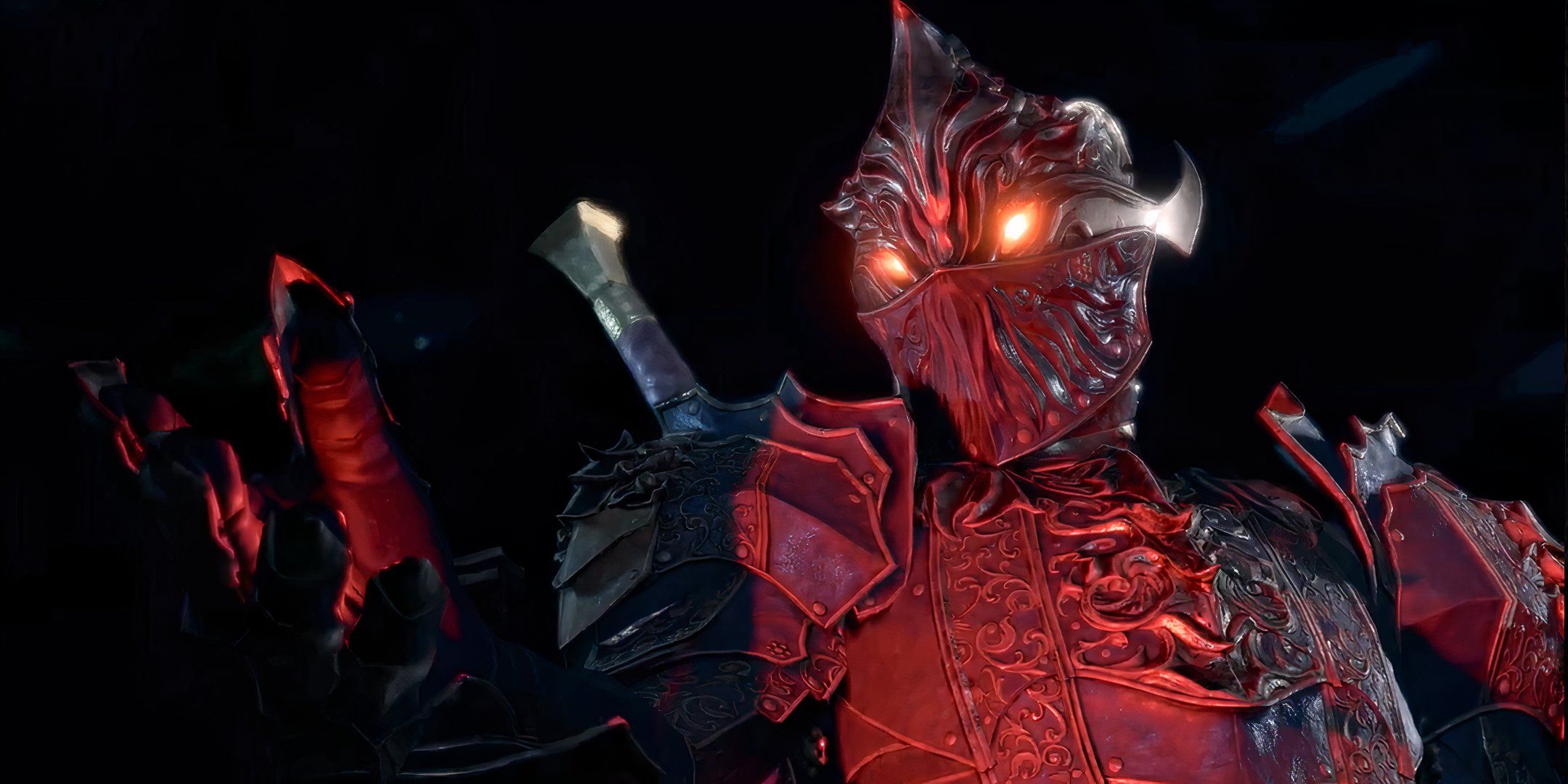
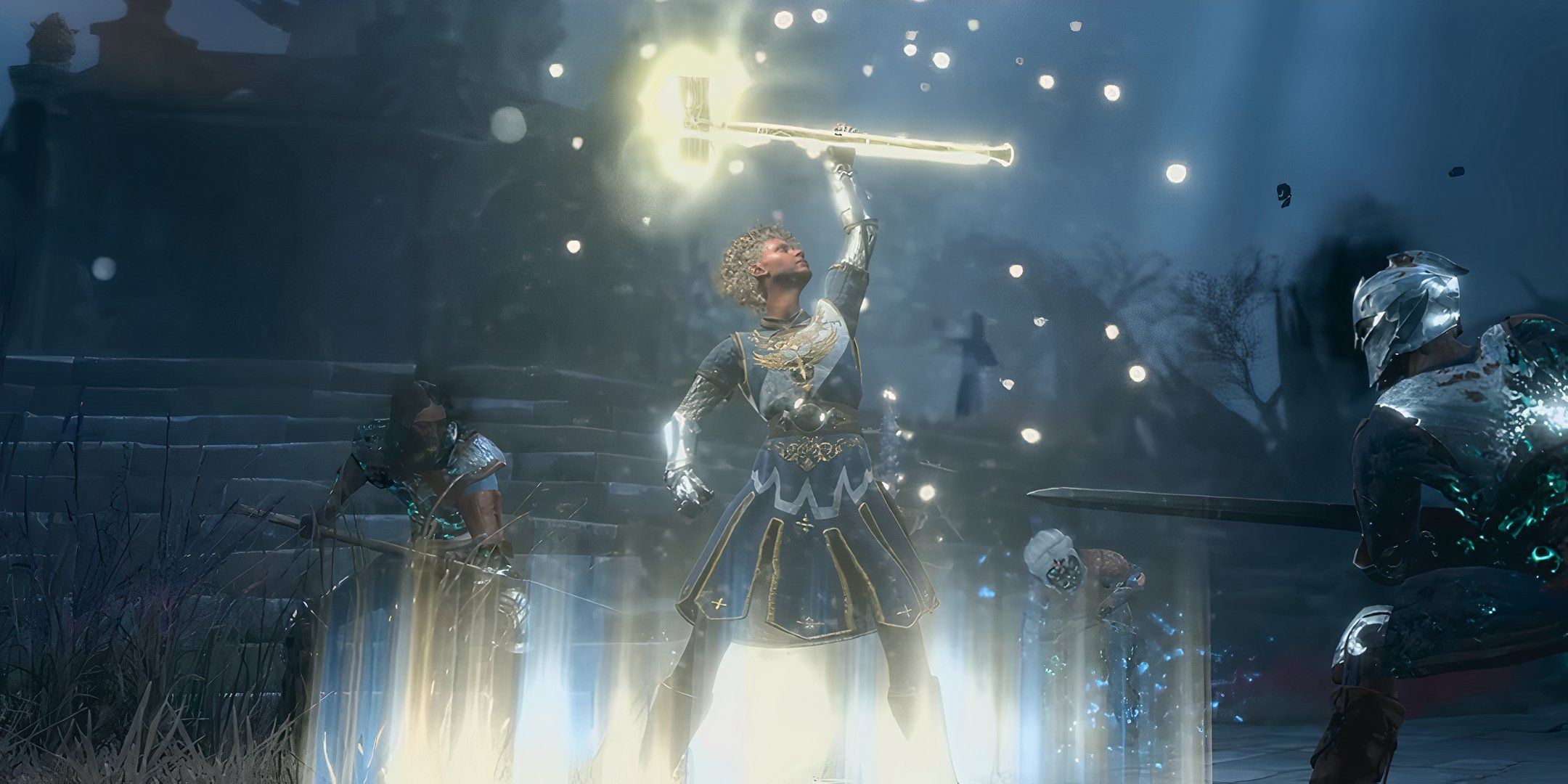
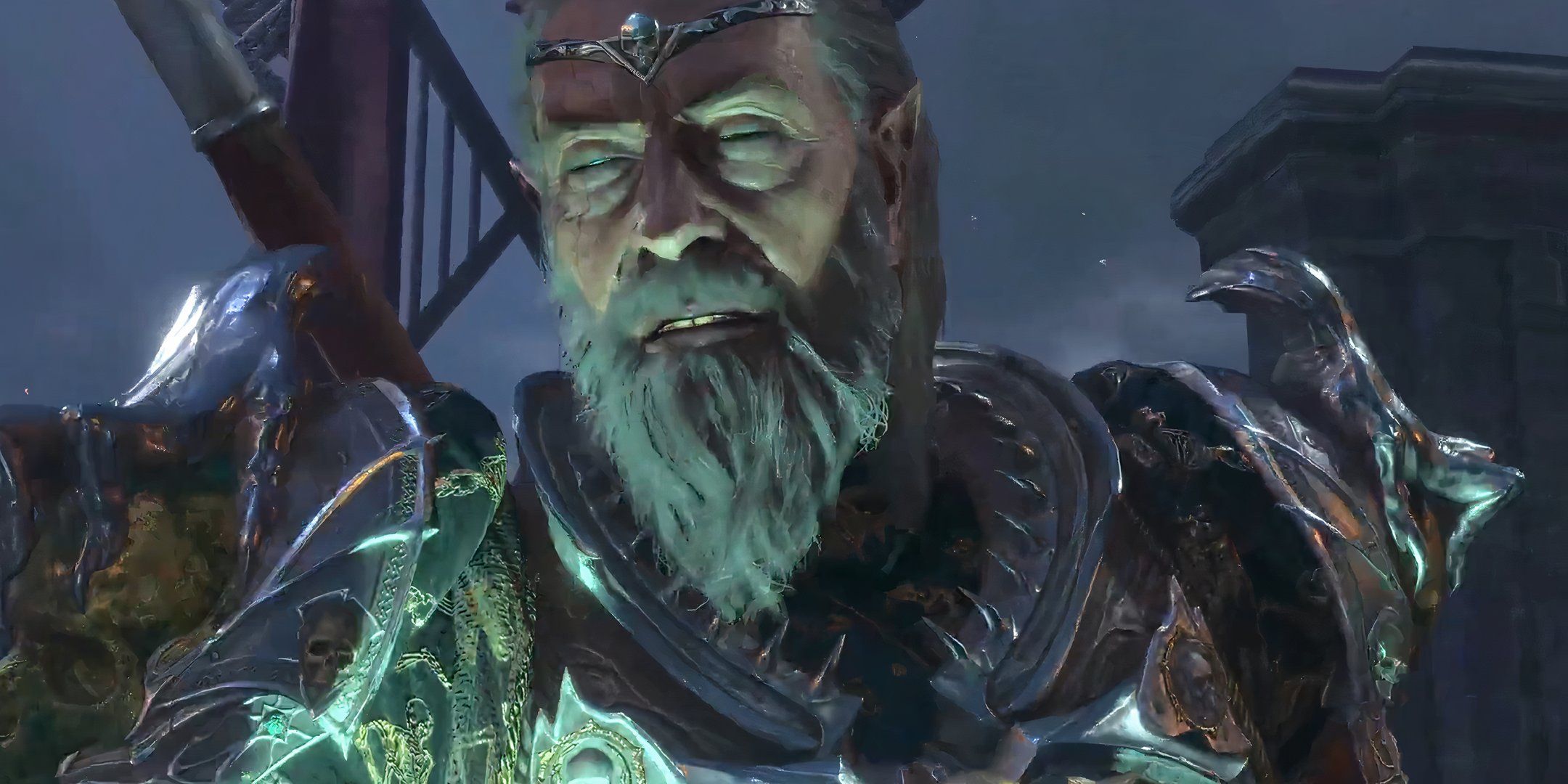
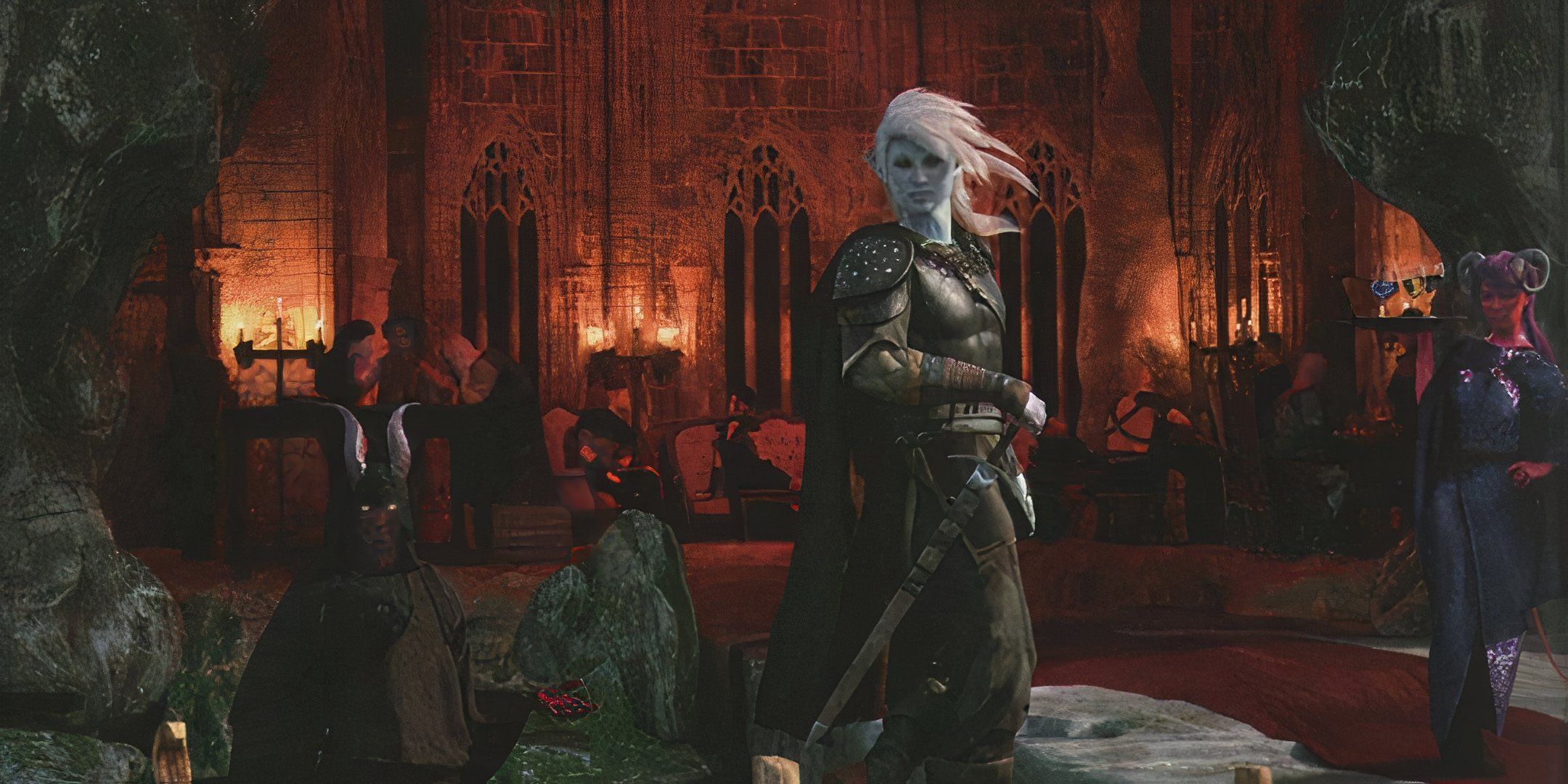
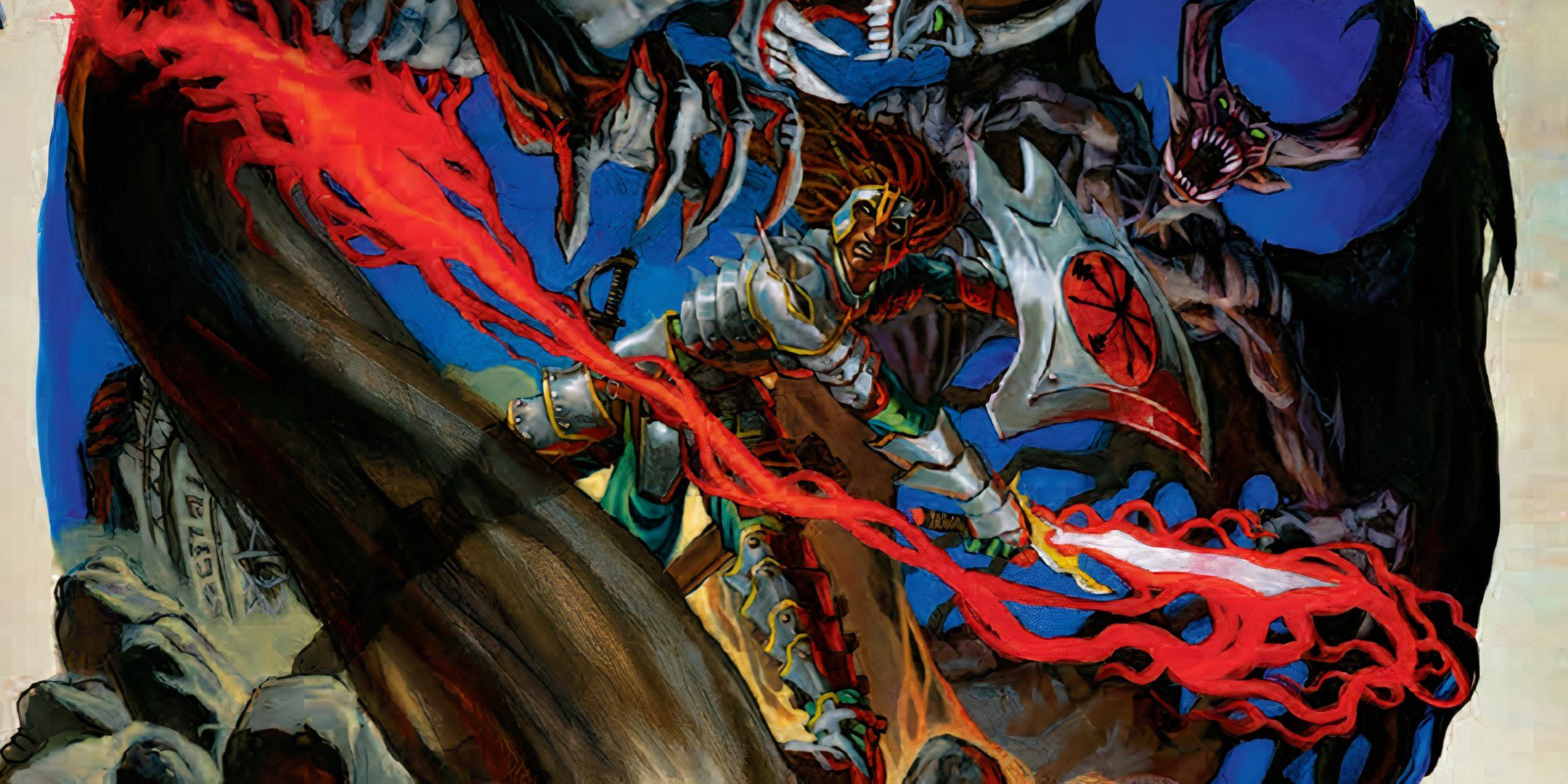

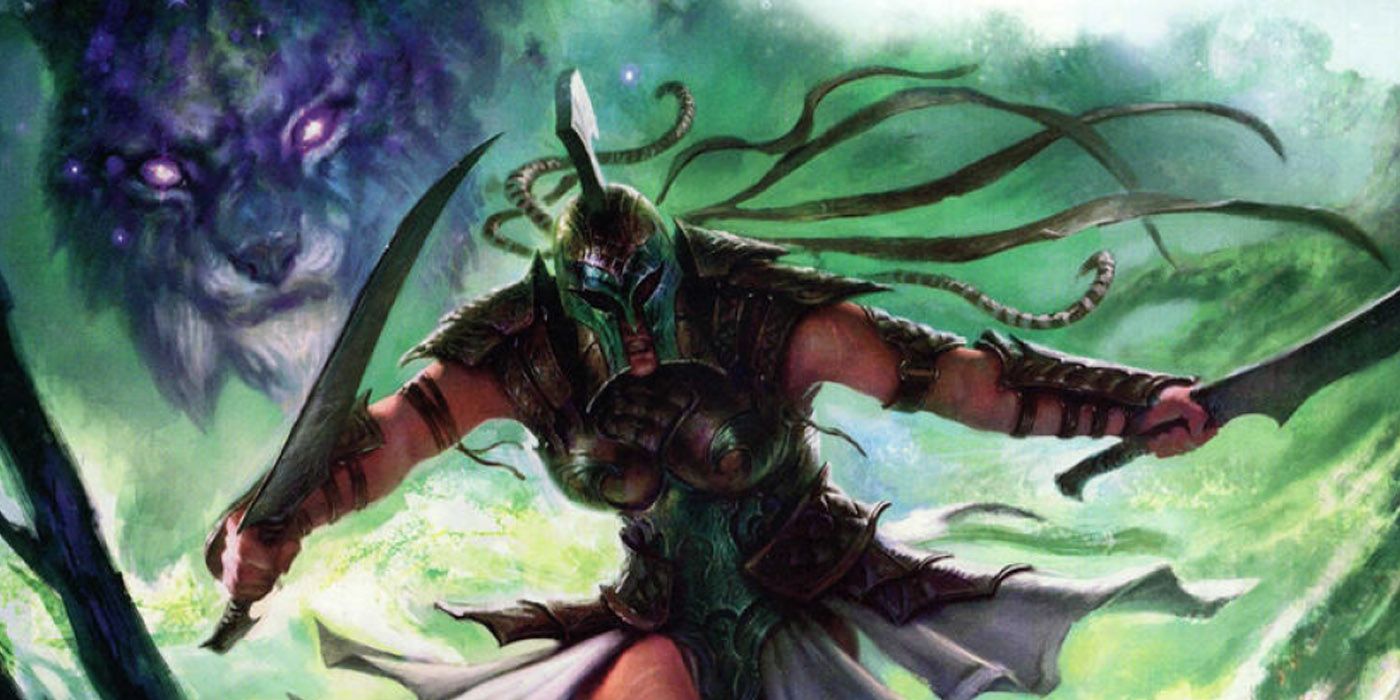

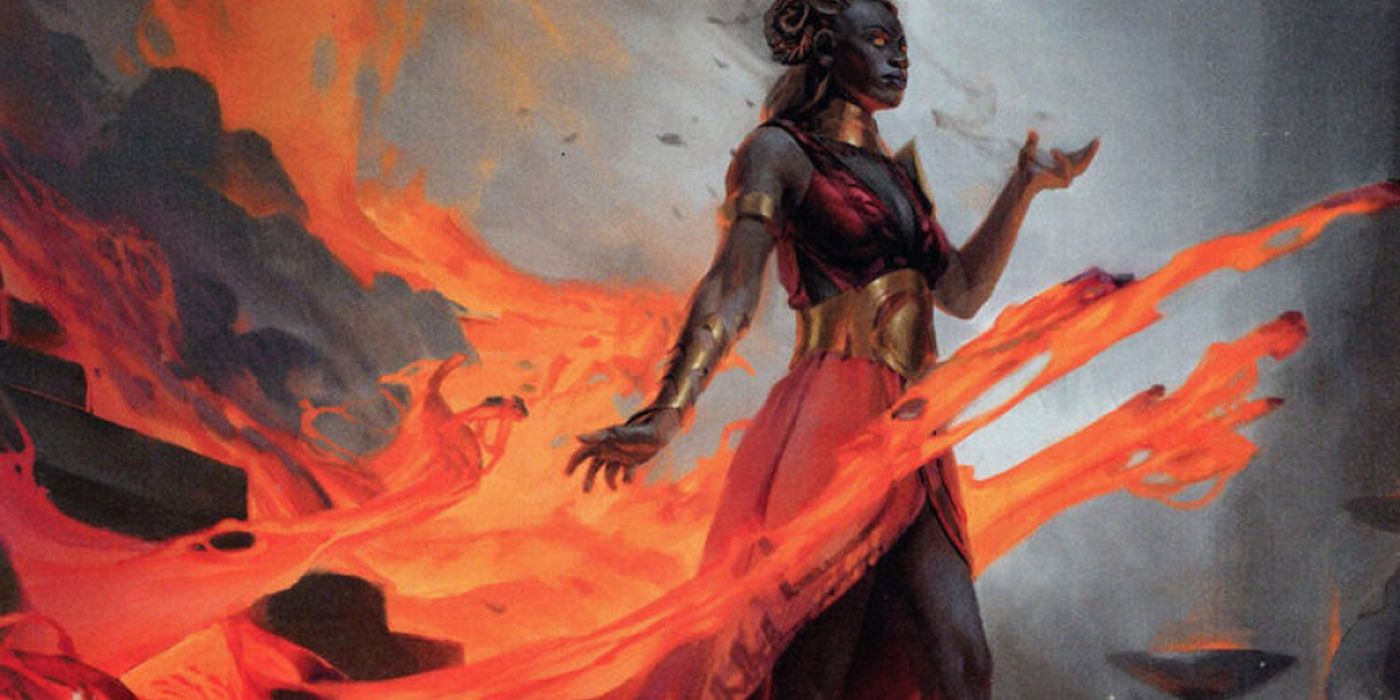
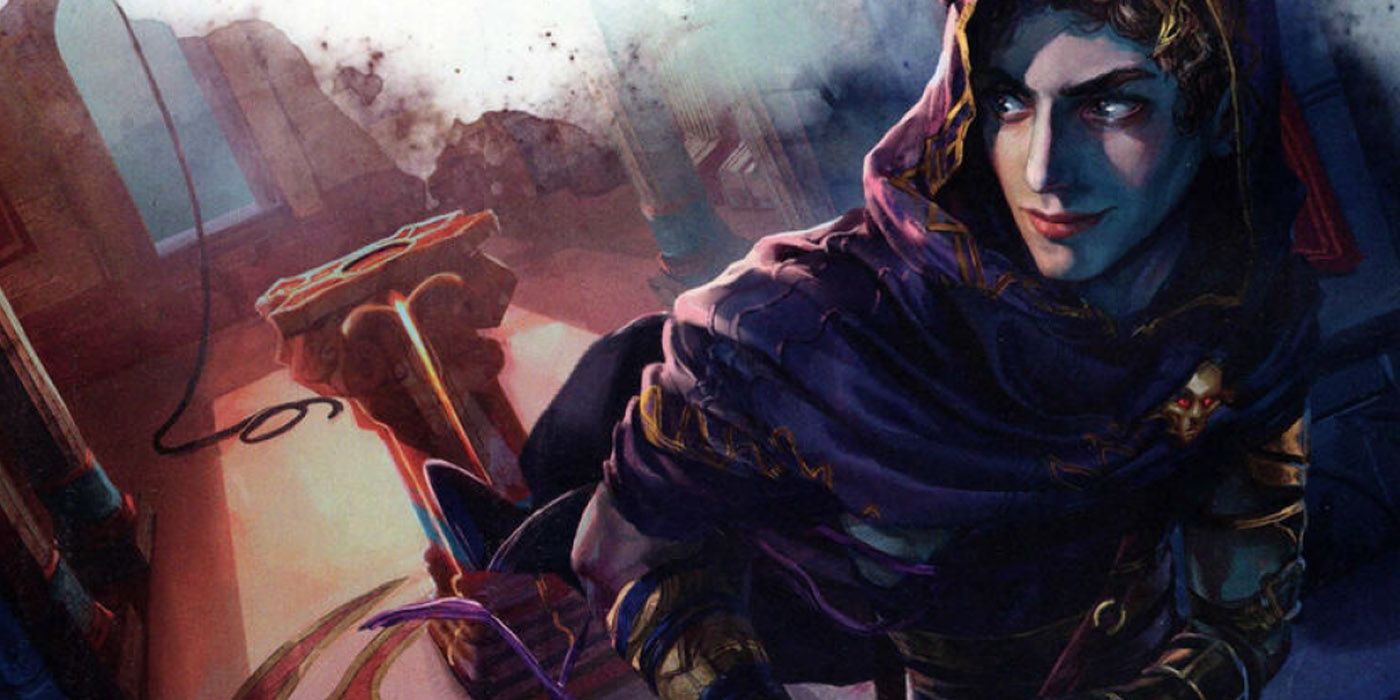
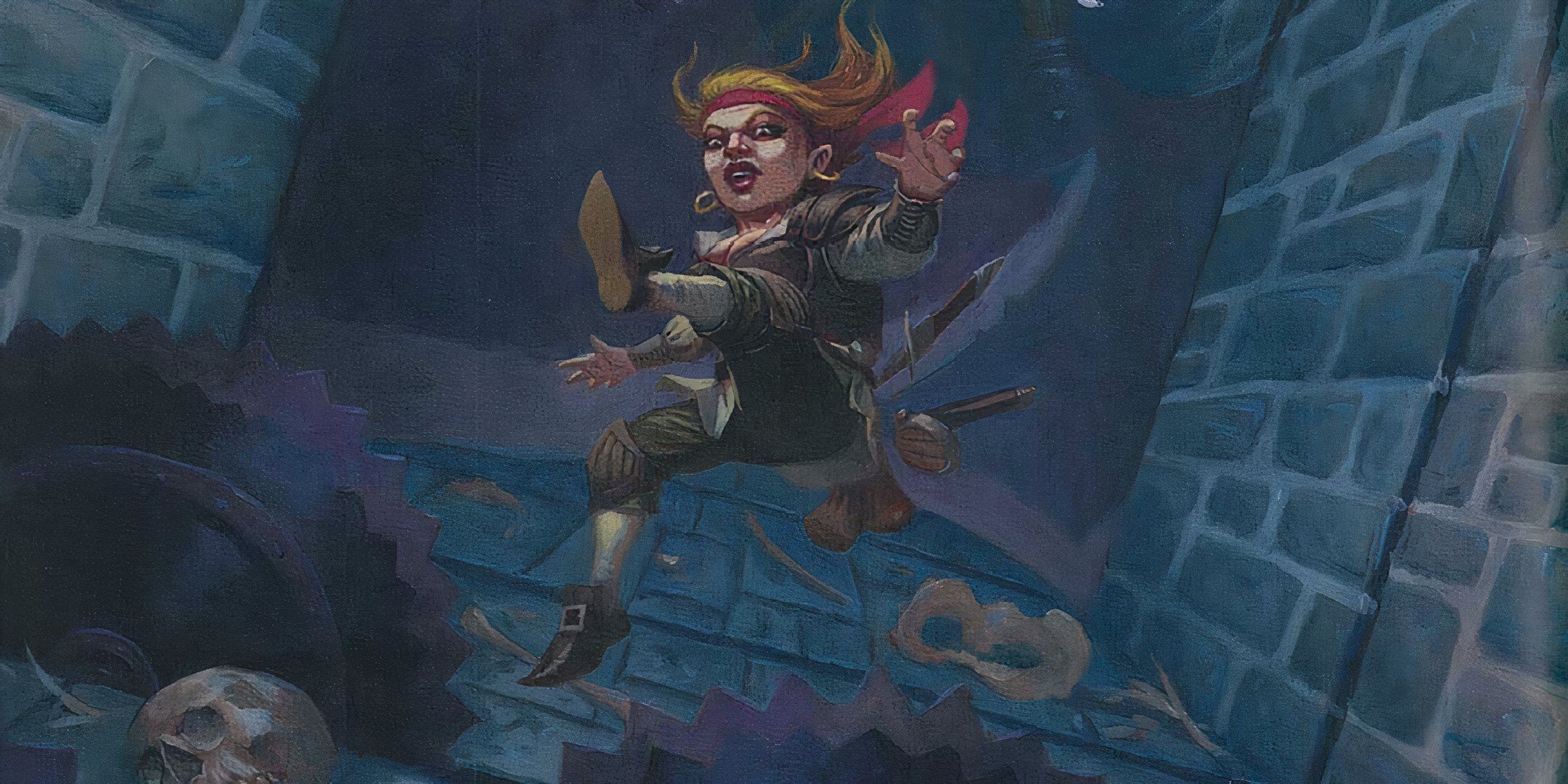
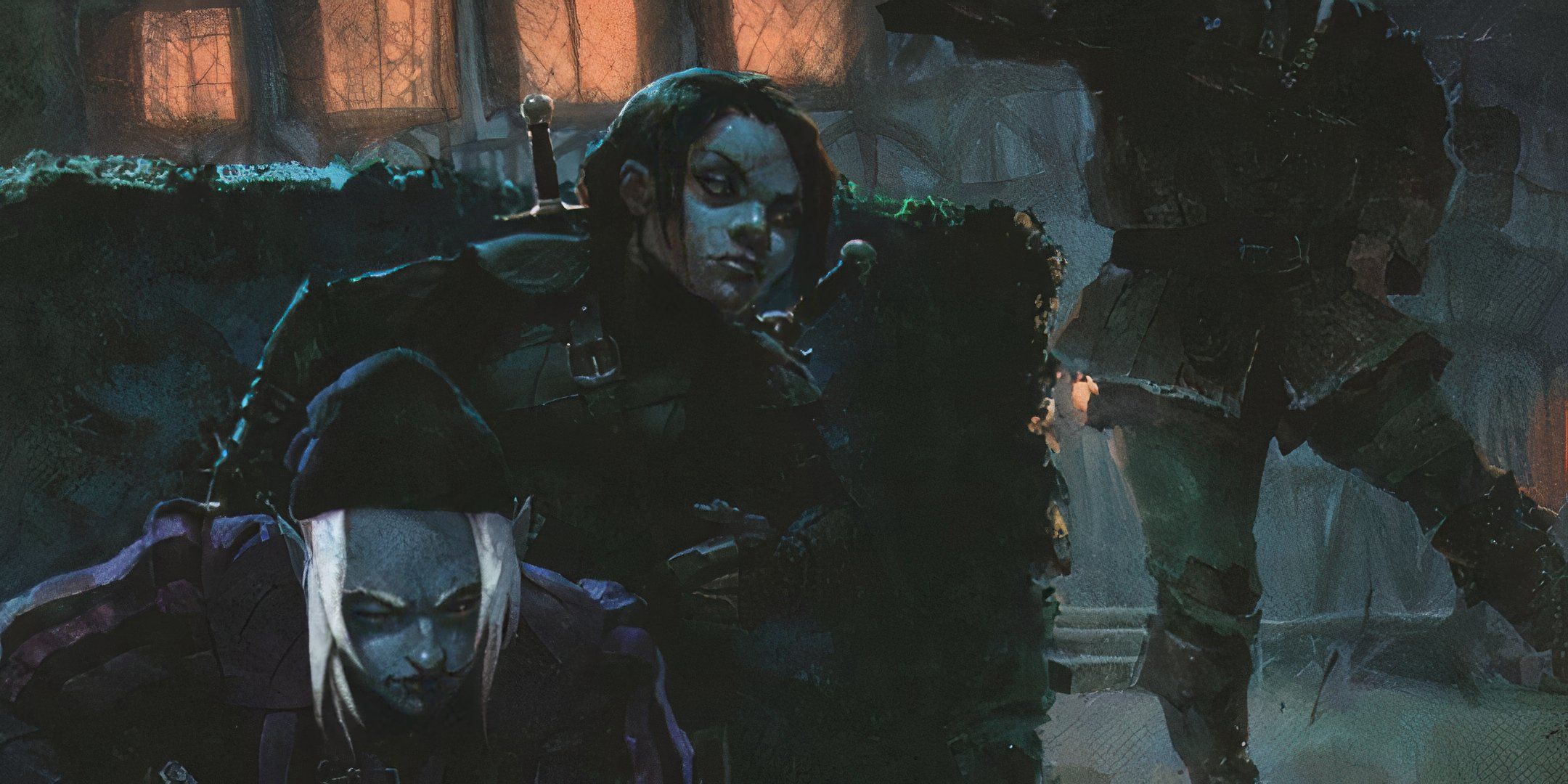
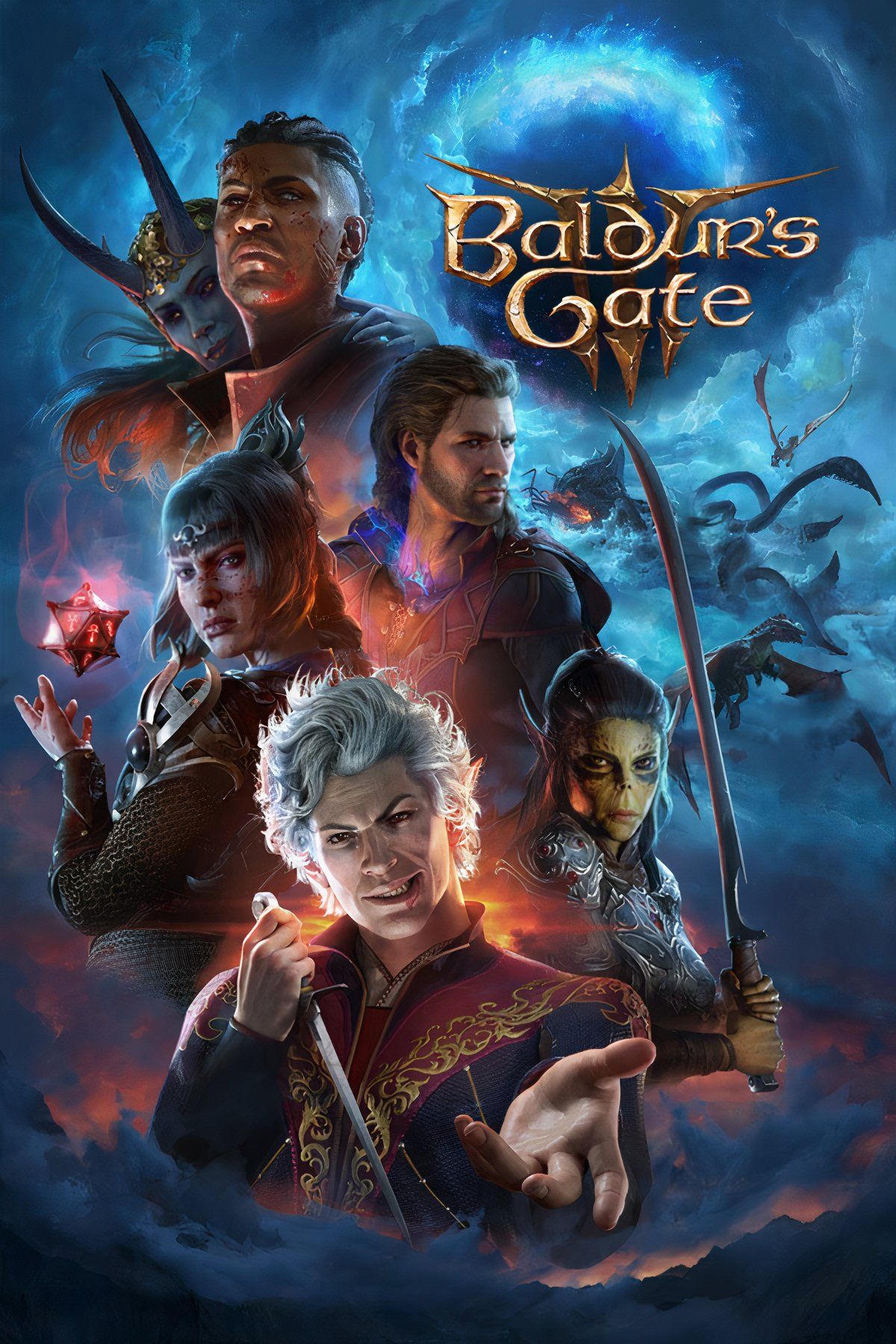





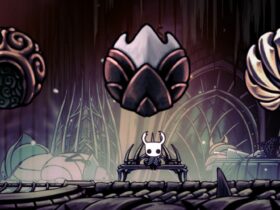




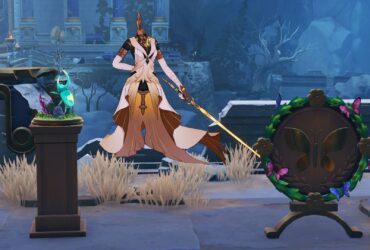

Leave a Reply